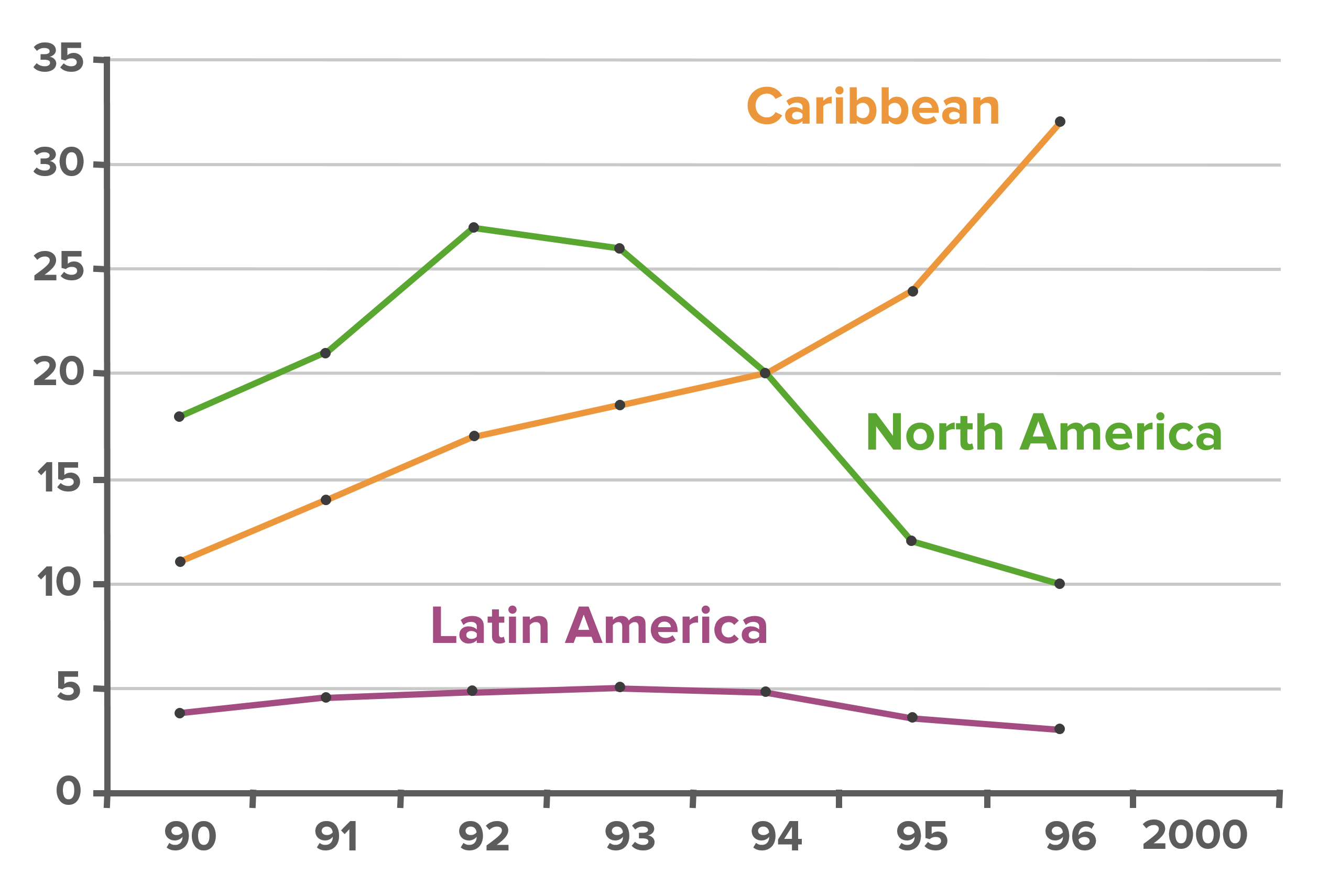Playlist
Show Playlist
Hide Playlist
Learning Goals – Statistical Biases
-
Slides 06 CausationBiasConfounding Epidemiology.pdf
-
Reference List Epidemiology and Biostatistics.pdf
-
Download Lecture Overview
00:01 Hello and welcome to epidemiology. We're continuing our discussion of biases and things that resemble biases. And today we're talking about a particularly important kind of non-bias called a confounding, which quite excites me, because this is one of most common things that messes with studies, we'll get there though. First off, you're going to be able to identify Hawthorne and Rosenthal effects, which are common problems in randomized controlled trials, or RCT's. 00:27 You're also going to be able to identify confounding variables, again that concept of confounding, which I think is so important and I think you're going to find it quite exciting as well because you are going to see it pop up in all matter of interactions you have with data and with people. And lastly, you're going to understand the concept of effect modification, which is similar to confounding, but quite distinct.
About the Lecture
The lecture Learning Goals – Statistical Biases by Raywat Deonandan, PhD is from the course Statistical Biases.
Customer reviews
5,0 of 5 stars
| 5 Stars |
|
5 |
| 4 Stars |
|
0 |
| 3 Stars |
|
0 |
| 2 Stars |
|
0 |
| 1 Star |
|
0 |




